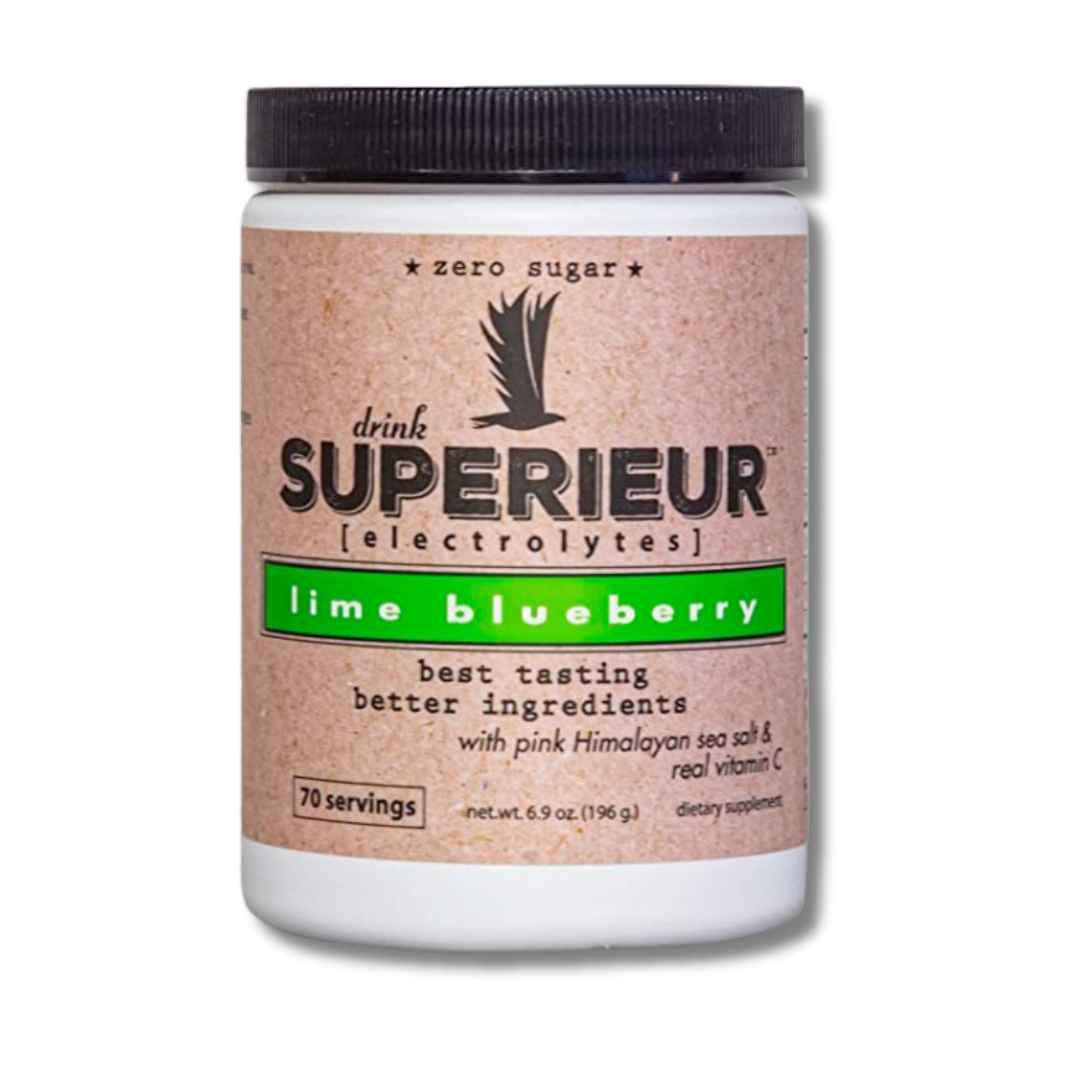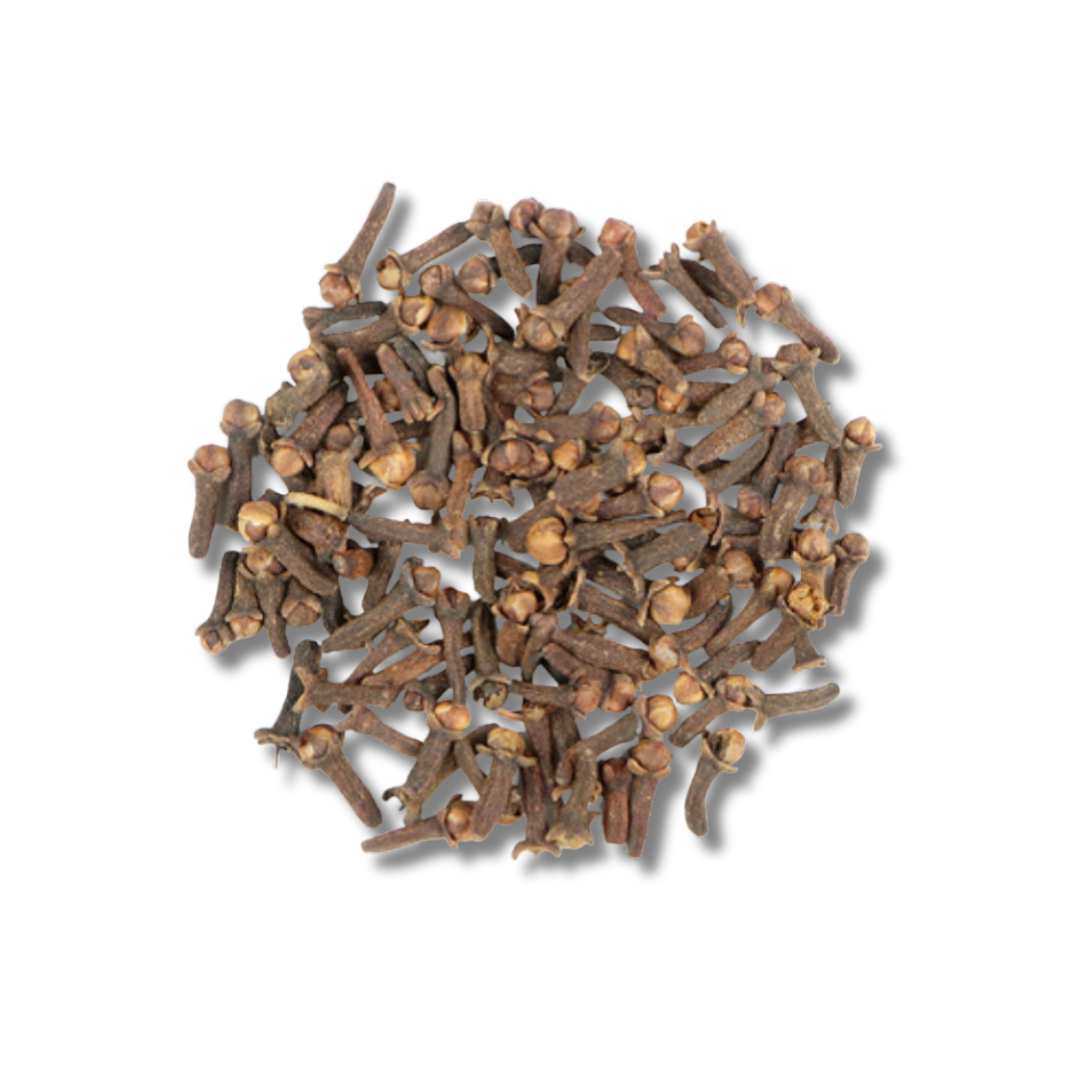Staff Picks: Spring 🌱 Forward!
Our top picks for this season of soft light, warm breezes, cooling showers, budding plants and trees, renewed energy, and more!
Ellie
Superieur Plant Based Electrolytes Tub - Lime Blueberry
Dehydration is sneaky! With the weather becoming more beautiful, it's essential to make sure that as we spend more time outdoors we supply our bodies with the water and electrolytes they need to keep us going. The Lime Blueberry flavor electrolyte powder from Superieur is my personal favorite hydration support - it's delicious enough to motivate me to keep my water bottle close by.
Amber
Tilden Lacewing Non-Alcoholic Cocktail
When I say this beverage reminds me of a pickle, trust that I mean it in the best way possible. Cucumber, basil, and juniper berry are blended with lemon and a hint of szechuan pepper for an herbaceous, tangy treat that's ready to drink with no mixer required. Enjoy it with a fancy ice cube and a cucumber garnish--and preferably on a porch.
Victoria
Big Picture Foods - Organic, Whole, Mixed Greek Olives
Organic, regeneratively farmed, never pasteurized, naturally fermented - sounds too good to be true, but it is! Olives are a go to snack for me while making dinner after work to curb my appetite for a little until food is ready. When we got these olives in, I didn't think they'd be any different. Once I ate them, I realized how much more delicious and firm they are! Plus, since they are naturally fermented and not pasteurized, you're getting probiotic benefits! I love snacks that support our gut health and mood and immune function!
Dev
Matr Boomie Orange Jasmine Incense
After a day full of cleaning and gardening, there's nothing more that I like to do than relax with a cup of tea while I let the calming, delightful scent of Matr Boomie incense waft through my apartment. All of their incense is fantastic, but Orange Jasmine in particular smells like spring itself unfolding around you.
Molly
Mid-Day Squares Bar - Cookie Dough
Now that the weather is getting better, I find myself on-the-go more. Mid-Day Squares Cookie Dough are my favorite afternoon on-the-go snack! Juuuust sweet enough to satisfy my afternoon sugar cravings without the crash, with 4 grams of fiber and 6 grams of protein. The cookie dough is my personal favorite, but all the flavors are good!
Shannon
Simply Curated Soy Candle- Vanilla & Lavender
Lush lavender combined with sweet vanilla provides the most delicious springtime aroma that makes me excited for the colorful, sunny days ahead!
Caleb
Four Sigmatic Instant Mushroom Elixir Mix with Cordyceps
Smooth, hydrating, luxurious, made from lobster! Marin’s super unique face and body cream is a game-changer for those of us who struggle with dry winter skin and the conditions that come with it. Hydrating enough for body, light enough for face, I keep a large one at home a small bottle in my bag.
Ashley
Himalayan Chandra Neti Spray Sterile Saline Spray
Plant love is in the air, everywhere I look around. Achoo! Tis the season for pollen and spore allergies to rear their heads. To help bust out of the cycle of seasonal snotieness, it's nice to give my nose a soothing saline spray before I wash away the irritants of the day from my face.
Brenden
FC Brands Micro Manager Detail Brush
Being micromanaged is something that I can't stand but when it comes to cleaning I love the Full Circle Micro Manager detail brush. I recently moved and the previous tenets, had maybe never cleaned anything, so this handy-dandy tool has worked wonders in my home. From the stiff bristle brush on one side to the rubber detail nub on the opposite end, this is your new spring cleaning friend. Throw out that old and flimsy toothbrush and pick up the Micro Manager to spring forward into a clean living space.
Zach
Sunwarrior Active Creatine
I've spent the past three months working hard on my fitness goals and as part of that I've been using the Sunwarrior Active Creatine to support my increased exercise output and to aid in recovery with great success. The flavors are enjoyable and Sunwarrior uses the optimal form in Creatine Monohydrate too!
Emily
Cambridge Naturals Brand Magnesium Glycinate 400mg
As I'm turning 40 this year (gasp!) I've been thinking more seriously things like bone health, managing my stress levels and maintaining healthy blood sugar, and all the boring but necessary considerations of aging well. Therefore I've been laying off the coffee (sigh) and renewing my commitment to daily magnesium supplementation - which has the added benefit of helping me sleep! I love our Cambridge Naturals Brand Magnesium Glycinate 400mg - easy-to-swallow capsules that I can take as part of my daily bedtime routine for a restful night of sweet dreams and a new decade of feeling my best!
Mike
De Soi Italian Spritz Mocktail
The weather is warming up, which means it's time to start strollin' around. You know what makes that even better? A strollin' around beverage. This one is as refreshing as the warm breeze that tempts us with wisps of comfortable weather. Plus, hydration always helps a good stroll, whether it slakes your thirst or washes down whatever wonderful treats you find along the way.
Daisy
Harmless Harvest Raw Coconut Water
My goal is always to drink more water throughout the day. However, as somebody who doesn't like electrolyte powders and needs to take a break from plain old water sometimes, I love to break up my daily water intake by switching to coconut water. Coconut water is not only a great source of electrolytes and tastes great on its own, but you can also use it as a base for smoothies and juice blends. We carry a few different brands of coconut water but my absolute favorite is the Harmless Harvest Organic Raw Coconut Water. With a naturally occurring pink color, this 100% pure coconut water is perfect for quenching your thirst. And pro tip, place the bottle in the freezer until chilled and then shake to create a coconut water slush!
Rose
Weleda Skin Food Nourishing Body Lotion
I love all of the Weleda Skin Food products and find this lotion to be super nourishing while also being lightweight and non-greasy. For the winter months I opt for their body butter, and in other parts of the year I prefer this body lotion. The scent is absolutely delicious and while I enjoy it all year round, it always strikes me as having an especially "springy" scent (or maybe it's just their green labels that make it feel like spring!) If you fall in love with the scent the way I have, do not fear! They sell many other products in this line so you can get completely absorbed in all things Weleda Skin Food!


































































